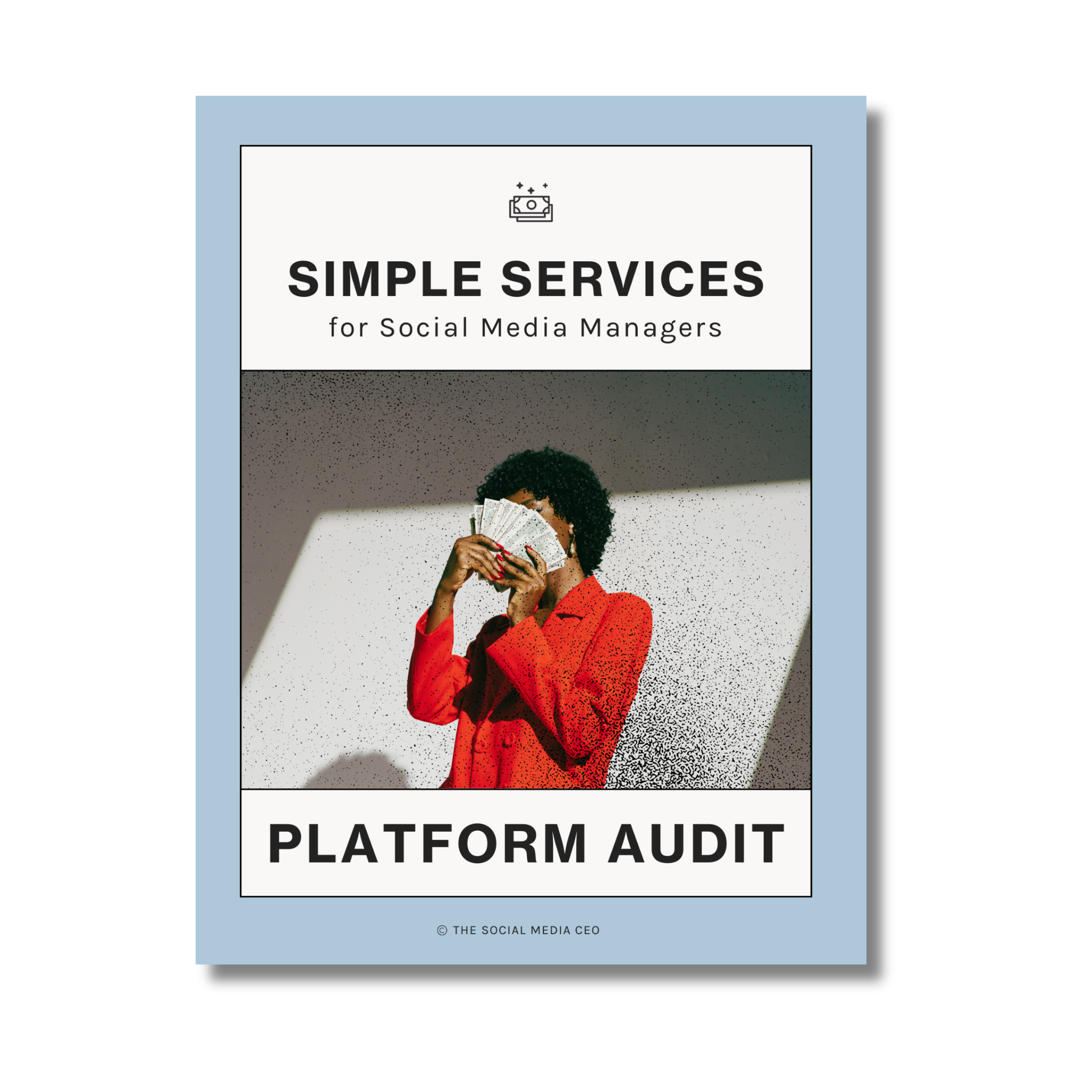When it comes to providing services, we talk a lot about crafting a memorable Client On-boarding Experience. This pertains to the methods you take to bring new clients into your business.
On-boarding is extremely important, because it ultimately sets the tone for the entire working relationship.
But what happens when you reach the end of that client relationship?
Is there such a thing as an Off-boarding Experience?
Absolutely, there is!
For one reason or another, there will likely come a time when you & your client need to go your separate ways. If you want this breakup to be amicable to both parties, you’ll need to decide how to navigate the split in a mutually beneficial way.
Here are 4 things to consider when off-boarding a client…

1 | Who owns the IP?
This is most definitely a case for having a strong contract, complete with terms about content ownership, in place from the start.
When your duties come to an end, you will have to decide if you’re going to provide the client with any content, templates, images, videos, and other creative assets that you created during your working relationship.
Does this intellectual property belong to them? If so, during off-boarding, you can organize it into Google Drive or Dropbox folders, send them the links, and call it a day.
Does the intellectual property belong to you? If so, you may choose to give them an option to license or purchase the content you’ve created for future use.
Just make sure you figure this stuff out prior to on-boarding future clients in order to eliminate any content ownership headaches later!
2 | You can charge for off-boarding & make it an entirely separate service
In case you didn’t already know -- can charge an additional fee (outside of your monthly retainer) for creating a social media strategy.
That’s because creating a strategy is a separate service that falls outside of the normal day-to-day tasks you likely provide as part of your ongoing social media management deliverables.
Think about it. You don’t craft a strategy for your clients everyday, right? It’s something special, done only on occasion… so you charge extra for that.
Off-boarding services can be treated similarly! Meaning you can charge an additional rate to transition fully out of the working relationship, after those day-to-day retainer services come to a close.
This might look like walking your clients (or one of their team members) through your daily workflows & processes, and training them on your method or systems, so things can stay relatively the same after you part ways.
Similarly to establishing a seamless on-boarding process, think about how you can disconnect from your clients in a way that leaves everyone feeling awesome.
This off-boarding service can become a valuable add-on, allowing you to set them up for future success (& look like a total pro in the process). Not to mention, you get to cash in on one more invoice before you say your final goodbyes.
Create an organized, high-value off-boarding experience with this Template

Get the Offboarding Template
3 | Gather feedback & testimonials
When you end a client contract, it’s a great idea to ask for feedback about their experience working with you. This is how you’ll create testimonials & social proof for future marketing -- not to mention, the things they share might allow you to improve or elevate a service for new clients.
Your exit survey doesn't need to be lengthy -- 3-4 questions is plenty.
For example:
1. How was your overall experience working with us?
2. Was there anything you were pleasantly surprised by?
3. Is there anything you would like to see improved or changed?
Pro-tip: Phrase your survey questions in a way that will allow you to easily turn their answers into testimonials!
4 | Don’t burn a bridge
If you have a major problem that’s making the working relationship turn sour, it’s best to cut ties before you get to a point where referrals & friendly conversation cease to exist. Do your best to break up with your clients without burning bridges!
The absolute worst thing to do would be to stop working with them ahead of a campaign/product launch, their busy season, or the holiday shopping season. Give them plenty of notice (30 days is typical) so they can make other arrangements & you don’t leave them in a bind!
Avoid leaving your client high and dry. When you decide to part ways, be sure to refer, or introduce, your client to another reputable social media manager, consultant, or agency so they don’t feel as if you’re abandoning them without giving them a lifeline to the help they need.
Your clients came to you because they had a pain point, so be sure to point them in the direction of another qualified professional.
Outgrowing clients is totally normal & learning how to create a solid on / off boarding process is all part of being a successful service provider!





